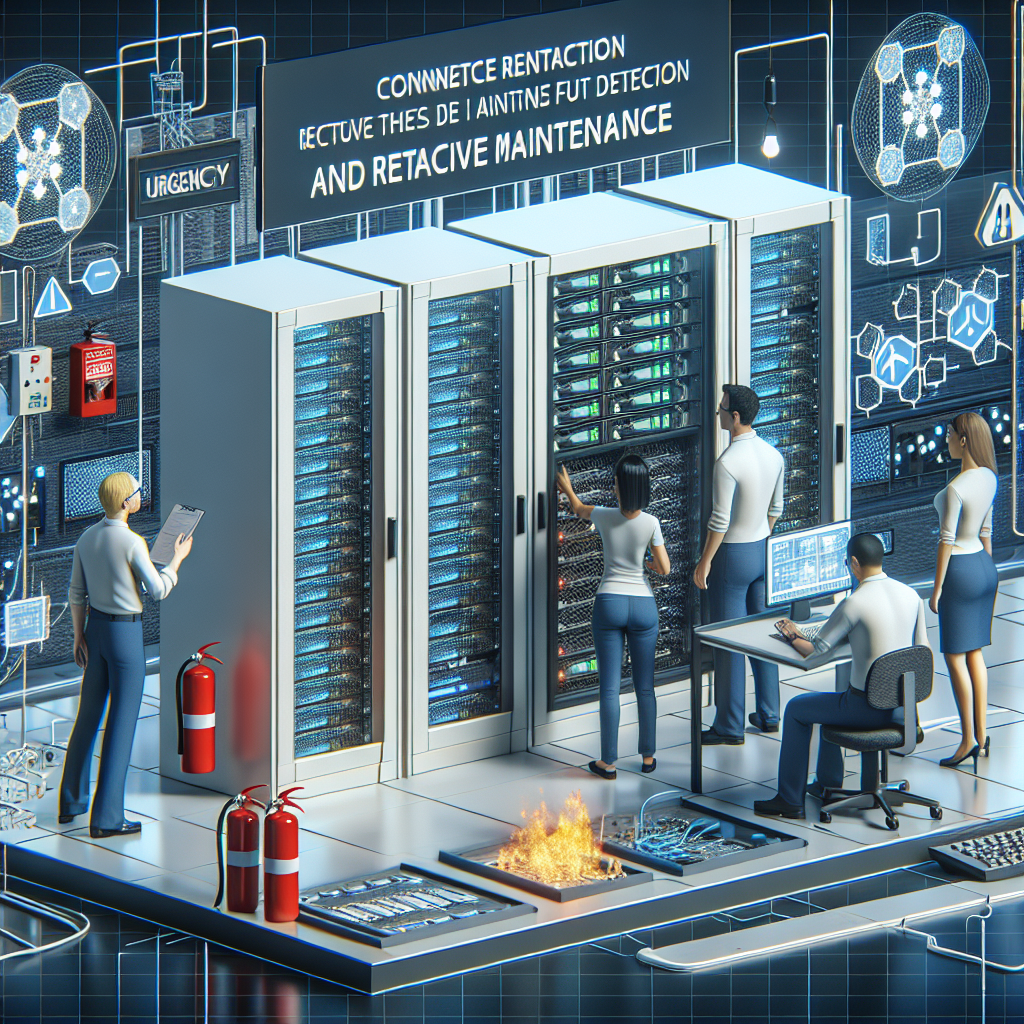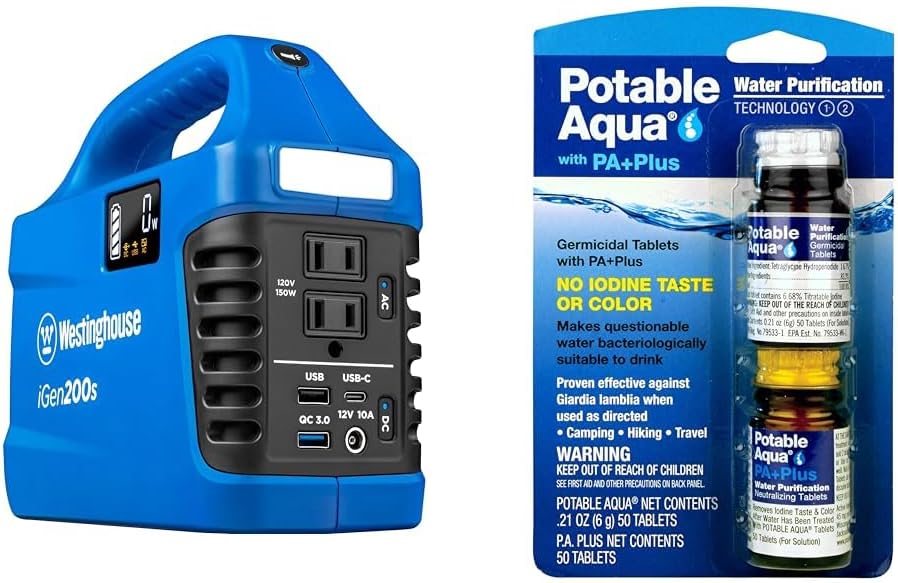In today’s digital age, data centers play a crucial role in storing and processing vast amounts of information for businesses and organizations. As such, any disruptions or emergencies in data centers can have severe consequences, leading to potential data loss, downtime, and financial losses. That’s why it’s essential for data center managers to have a solid plan in place for addressing emergencies through reactive maintenance. Here are some best practices to consider:
1. Create a Comprehensive Emergency Response Plan:
The first step in addressing emergencies in a data center is to have a comprehensive emergency response plan in place. This plan should outline the steps to take in the event of various emergencies, such as power outages, equipment failures, or natural disasters. It should also include contact information for key personnel, vendors, and emergency services.
2. Regularly Test Backup Systems:
One of the most critical components of any data center emergency response plan is the backup systems. Regularly testing backup power supplies, cooling systems, and data recovery solutions can help ensure they are functioning correctly and can be relied upon in an emergency.
3. Implement Remote Monitoring and Management:
Remote monitoring and management tools can provide real-time visibility into the health and performance of data center infrastructure. By implementing these tools, data center managers can quickly identify and address potential issues before they escalate into emergencies.
4. Conduct Regular Maintenance and Inspections:
Preventive maintenance is essential for reducing the risk of emergencies in a data center. Regularly scheduled inspections and maintenance can help identify potential problems before they occur, allowing for proactive repairs and replacements.
5. Establish Clear Communication Protocols:
Effective communication is key during emergencies. Data center managers should establish clear communication protocols and ensure that all staff are trained on how to communicate effectively during an emergency situation.
6. Develop Relationships with Reliable Vendors:
Having reliable vendors on standby can be invaluable during emergencies. Data center managers should establish relationships with vendors for equipment repairs, replacements, and emergency services to ensure quick response times and minimal downtime.
7. Conduct Post-Incident Reviews:
After an emergency has been addressed, it’s essential to conduct a post-incident review to identify what went well and what could be improved for future emergencies. This feedback can help refine the emergency response plan and prevent similar incidents from occurring in the future.
In conclusion, addressing emergencies in a data center through reactive maintenance requires careful planning, regular testing, and proactive measures. By implementing these best practices, data center managers can minimize downtime, protect critical data, and ensure the continued operation of their data center infrastructure.









You must be logged in to post a comment.